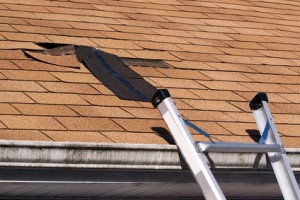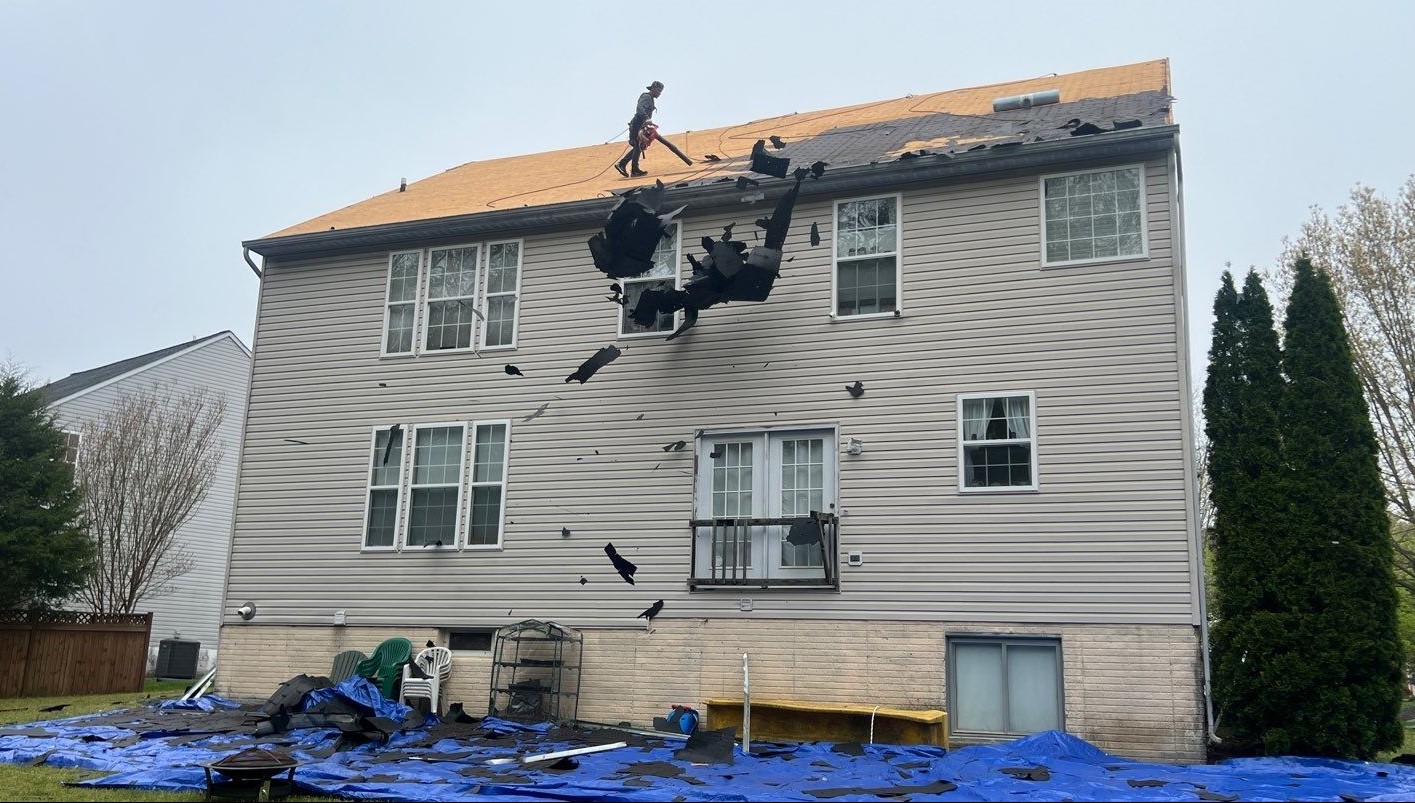Comprehending the Various Sorts Of Roofs: A Comprehensive Guide for Homeowners
With a variety of options-- varying from the conventional gable to the contemporary flat-- each type offers distinct benefits and difficulties that should straighten with the house owner's ecological factors to consider and details requirements. As we explore the intricacies of numerous roofing types, it ends up being noticeable that one dimension does not fit all; the best selection might amaze you.
Saddleback Roof
Saddleback roofs, identified by their triangular form, are amongst one of the most preferred roofing designs due to their simpleness and performance in shedding water and snow. This layout features two sloping sides that fulfill at a ridge, allowing for efficient water drainage and lessening the risk of water build-up. The steep pitch generally connected with saddleback roofs improves their ability to manage heavy precipitation, making them ideal for numerous environments.
In addition to their sensible advantages, saddleback roofs use visual versatility. They can be adjusted to various building designs, from standard to contemporary homes. The design can additionally suit extra features such as dormer windows, which improve all-natural light and air flow in the attic space.
In addition, gable roofings provide ample area for insulation, adding to power effectiveness. Homeowners can select from a selection of roofing products, consisting of asphalt tiles, steel, and tiles, even more boosting modification alternatives.
In spite of their benefits, saddleback roofs might require added support in locations prone to high winds or hefty snowfall. Generally, the gable roof covering continues to be a popular option as a result of its blend of performance, longevity, and aesthetic appeal.
Flat Roofs
Level roofings are usually recognized for their minimal layout and useful applications, particularly in business and industrial setups (oahu roofing). These roofs include a virtually straight or straight surface, which enables for easy building and versatile room usage. While they might do not have the visual allure of pitched roofings, flat roofings offer many benefits, particularly in city atmospheres where making best use of area is critical
One of the primary advantages of flat roofings is their availability. Homeowners can use the roofing system space for different functions, such as rooftop gardens, balconies, or photovoltaic panel installations. In addition, flat roof coverings are normally extra cost-efficient to maintain and mount compared to their sloped equivalents, as they call for fewer materials and labor.
However, level roofs do existing particular difficulties. Proper drain is essential to stop water merging, which can lead to leaks and structural damages. Therefore, selecting high-grade waterproofing materials and routine inspections are vital for ensuring durability. Usual materials made use of for level roofs include built-up roof covering (BUR), modified asphalt, and single-ply membrane layers, each offering unique benefits. On the whole, level roofings function as a adaptable and useful selection for numerous homeowners and services alike.
Hip Roof Coverings
Hip roof coverings are characterized by their sloped sides that converge at the top, forming a ridge. This style stands out from gable roofings, as all four sides of a hip roof covering slope downwards towards the walls, giving a more stable structure. The angle of the slopes can differ, enabling flexibility in architectural looks and functionality.
One of the main benefits of hip roof coverings is their capability to endure hefty winds and adverse climate condition. The sloped surface areas make it possible for better water drainage, decreasing the risk of leakages and water damage. Additionally, hip roof coverings provide raised attic room room, which can be made use of for storage space or perhaps transformed right into livable areas.
Nonetheless, creating a hip roofing can be extra intricate and pricey than easier roof types, such as gable roofings. The additional product and labor associated with developing the inclines and ensuring proper structural stability can bring about higher expenses. Despite these drawbacks, several house owners favor hip roofs for their toughness, aesthetic appeal, and capacity for power efficiency.
Mansard Roofing Systems
Mansard roofings, frequently acknowledged by their distinct four-sided layout, function 2 inclines on each side, with the reduced slope being steeper than the upper. This building style, originating from France in the 17th century, is not only visually enticing but functional, as it makes the most of the usable room in the top floors special info of a building. The high lower incline permits for more clearance, making it an excellent selection for loft spaces or attic rooms, which can be converted into living areas.
Mansard roofs are defined by their flexibility, suiting various architectural designs, from typical to modern-day. They can be created with different products, including asphalt tiles, slate, or steel, providing homeowners with a series of choices to match their budgets and preferences. In addition, the style permits the integration of dormer home windows, boosting natural light and air flow in the top levels.
Nevertheless, it is important to think about the possible disadvantages. Mansard roof coverings might need more upkeep due to the intricacy of their style, and their high inclines can be testing for snow and rain drainage. Generally, mansard roofing systems incorporate elegance with usefulness, making them a prominent option among house owners seeking unique building features.
Shed Roofs
As homeowners increasingly look for simplicity and performance in their architectural styles, dropped roofs have actually become a prominent selection. Defined by a solitary sloping airplane, a shed roof covering offers a minimalist aesthetic that matches numerous home designs, from contemporary to rustic.
One of the key benefits of a shed roof covering is its straightforward building, which usually converts to reduce labor and product costs. This design enables discover this reliable water drainage, lowering the danger of leakages and water damage. Additionally, the vertical slope supplies sufficient room for skylights, improving all-natural light within the interior.
Dropped roofing systems likewise use flexibility in regards to usage. They can be successfully integrated right into additions, garages, or outside structures like pavilions and sheds. In addition, this roof covering design can fit different roof covering materials, consisting of steel, asphalt shingles, or also environment-friendly roofs, lining up with green campaigns.
Nevertheless, it is essential to consider regional climate problems, as heavy snow lots might require changes to the roof covering's angle or structure. Generally, lost roofings provide a sensible and visually pleasing alternative for house Your Domain Name owners aiming to make best use of performance without endangering design.
Conclusion


Gable roofs, identified by their triangular form, are amongst the most popular roofing styles due to their simpleness and efficiency in dropping water and snow. oahu roofing. The steep pitch typically connected with gable roofings boosts their capability to handle heavy rainfall, making them ideal for various climates
While they may lack the visual appeal of pitched roof coverings, level roofing systems use various advantages, especially in city environments where maximizing room is vital.

Comments on “Roof Repair Oahu: Professional Roof Repair Works for Lasting Protection”